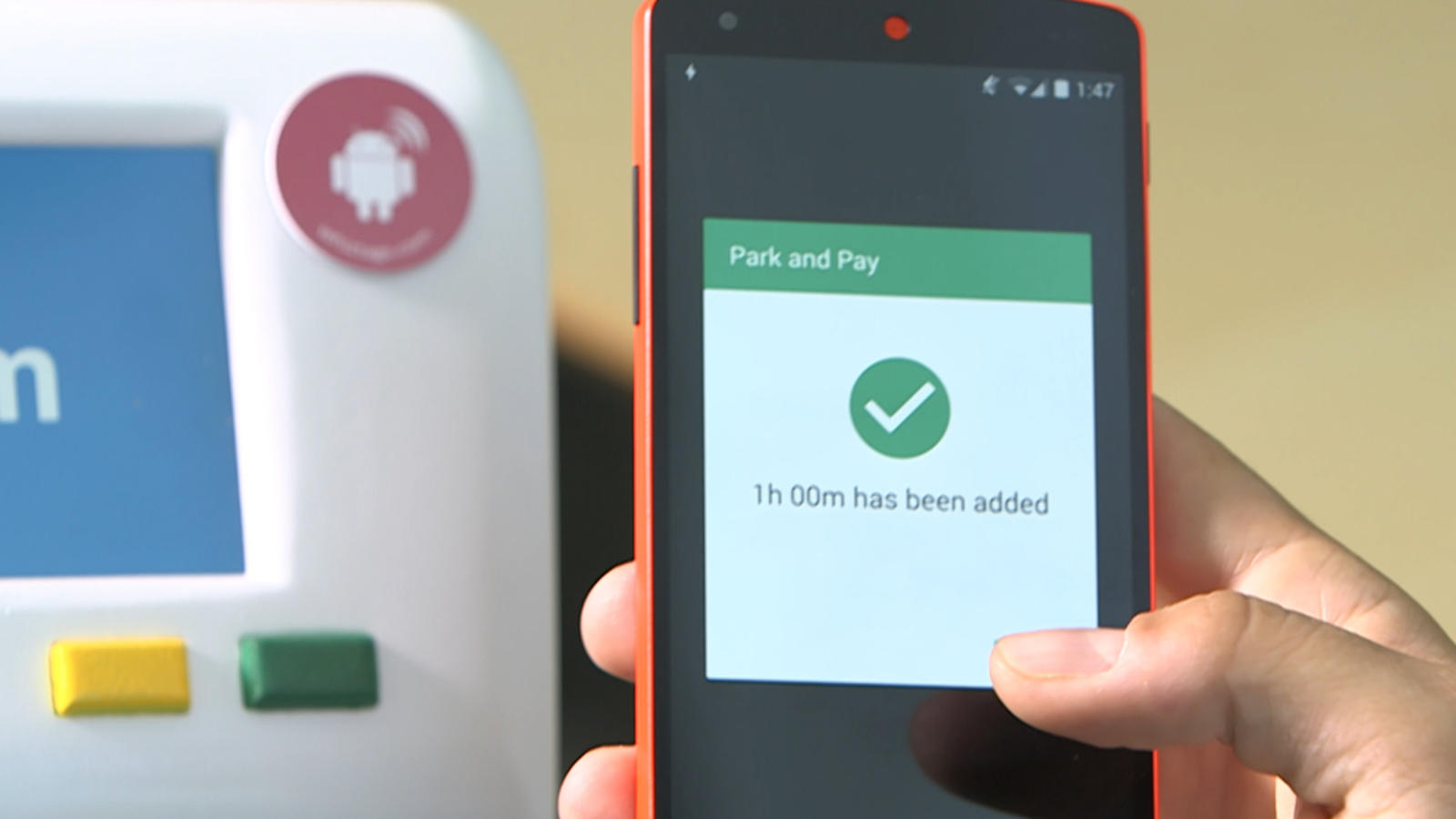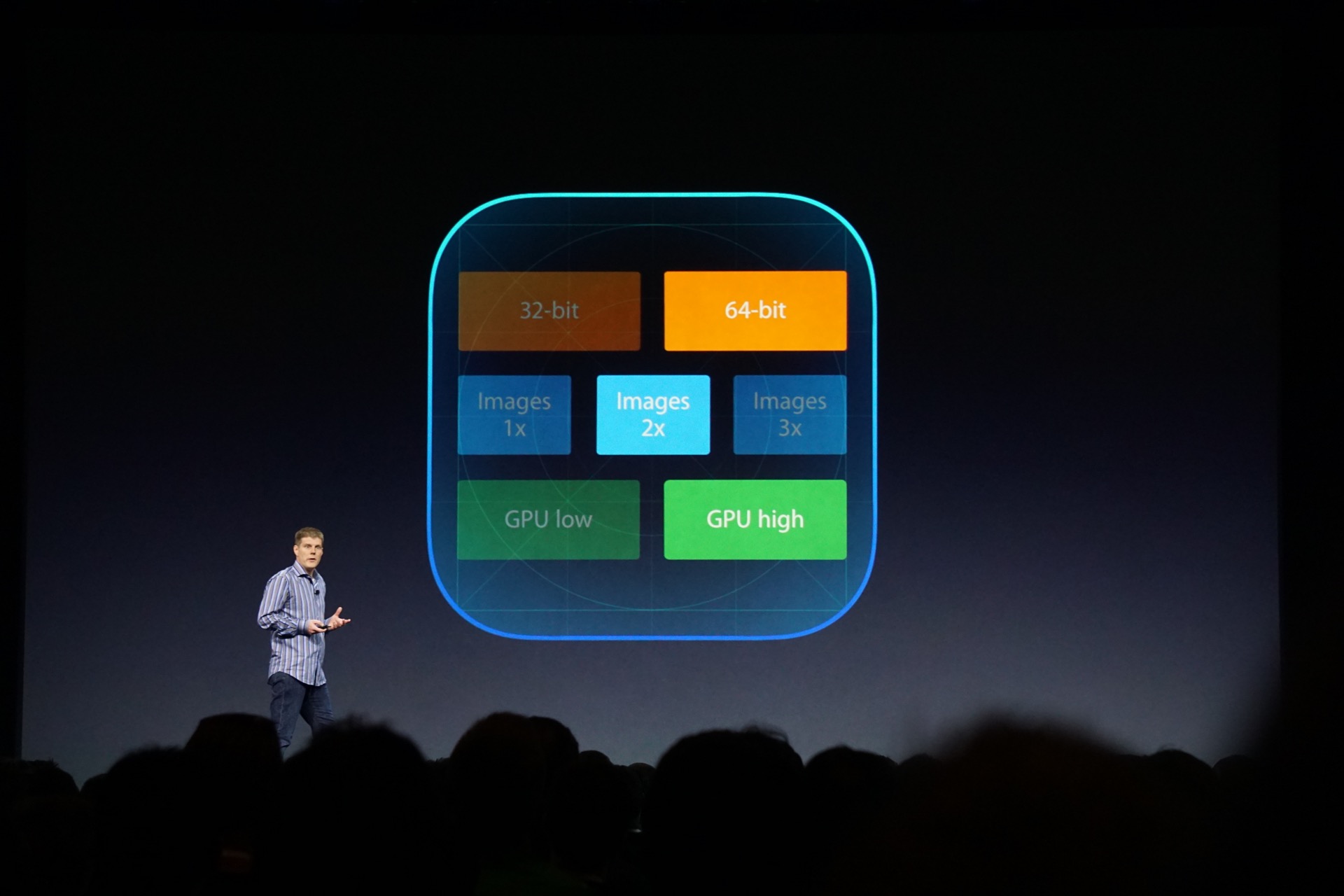
- 2 Min Read / Blog / 3.2.2020

Perhaps the biggest barrier preventing users from downloading and installing native apps on their devices is just that—the downloading and installing part. Many users don’t want to go through the time and effort to find a mobile app, download it to their space-constrained mobile device, and keep it on their home screen among a constellation of other apps. But what if there were easier ways for users to access and take advantage of native app capabilities—maybe without downloading the app at all?
A recent trend in native app architecture has prioritized modularity, breaking the app codebase itself into distinct units that can be delivered to the user on demand. This is an emerging trend, only being introduced in the past 9 months, that points at a mobile future where native apps are significantly less resource-hungry and just as accessible as, if not more accessible than, mobile websites.
The first of these technologies is App Thinning, a set of features in iOS 9 that are designed to minimize the size and impact of apps from the App Store. One of these features is called Slicing, which allows third-party mobile developers to specify which parts of their apps need to be downloaded for various device types. Why should an iPhone SE user need to download and install code and assets designed for the larger iPhone 6s Plus? Why would an iPad user need to download a universal app binary containing code designed for iPhone that will never run? Slicing requires a bit more organization on the iOS developer’s end, but pays off in spades by drastically reducing the size of apps that need to be downloaded.
Why should iPhone SE users need to download code and assets designed for iPad?
The second part of App Thinning that’s relevant to most developers is On-Demand Resources, which changes how the app is downloaded to give new users the quickest initial download experience possible. On-Demand Resources allows developers to specify which parts of their app are essential for the first run, and which can be downloaded later. This means that users could download a new game from the App Store and effectively only download the first level—levels 2, 3, and 4 can be downloaded on demand as soon as users need them. This minimizes the amount of content that needs to be included in the first installation and allows for a more dynamic and personalized content experience for users.

Finally, Google this year previewed a new Android technology that takes these themes a step further, called Android Instant Apps. As the name implies, Instant Apps reduces the amount of time necessary for users to find and download an app to effectively zero, leveraging URL association to dynamically download a portion of an Android app from the Google Play Store. Android developers can specify which parts of their app are relevant to user tasks—say, the purchase flow of an ecommerce app once a user clicks a deep link to a product. Users can click links sent to them via text messages or email and instantly see the content within a native app—but just the part of the native app they need for that experience.
Instant Apps fundamentally changes how apps operate on the Android platform, and requires a great deal of planning and consideration from Android app developers. The number of contexts that Android apps need to support is increased exponentially, and the various portions of the apps that users might download on demand need to be architected to operate independently of one another. But even with this extra effort, the boon of Instant Apps is instant discoverability—users can begin using an Android app without having to search for it, find it in the Play Store, or even download it.
Want to learn more about the latest trends in mobile user experience? Download the white paper below.